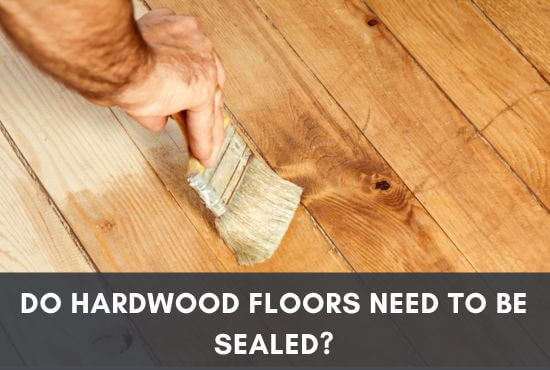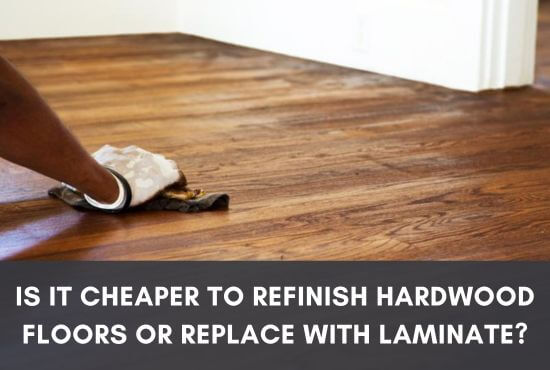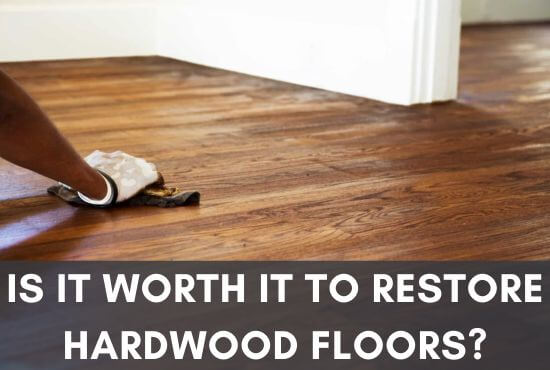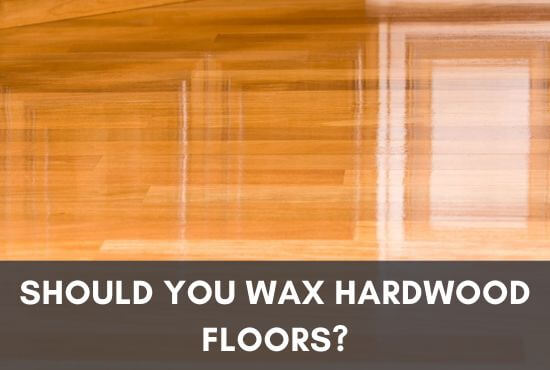If you have recently moved into a house which had hardwood flooring but was not maintained, the responsibility of cleaning the floors falls on your shoulders.
As you are going to live in the house, you have to take care of the maintenance as well. Cleaning old hardwood floors is a tricky task especially if they are not finished.
Dealing with an unfinished floor requires additional care and attention as you don’t want to damage the wooden surface.
You can clean old unfinished wood floors by removing the crust layer with ammonia or hydrogen peroxide. Then, follow with a suitable cleaning agent and a careful cleaning routine to restore the clarity of the floors without causing damage to the surface.

There are many factors involved in this process which must be dealt with carefully if you want to preserve the vintage floors. Tread along and we’ll guide you on the process and how it works.
Table of Contents
How To Clean Old Unfinished Wood Floors | Step-by-step Guide
Cleaning old hardwood floors is relatively easy, but it requires some precision and attention.
If the old floors were sealed, it would have been a lot easier as you could’ve used a chemical abrasion kit, but due to the fact that they are unfinished, using harsh chemicals can damage the surface of the wood.
Hence, it is best to use mild solutions to clean and restore an old hardwood floor. Below is the complete procedure to do so.
Vacuum
Vacuuming is the first step you must perform when cleaning an old unfinished hardwood floor.
It allows you to remove the excess dirt and dust from the floors and make the buildup layer a bit thinner for you to clean.
Moreover, it can also remove all the remnants of the ages and give you a better surface that you can work on.

As there is sure to be a hard layer of crusted dirt and grime on top, it is best to get the most powerful vacuum cleaner you can get your hands on.
If you don’t have one yourself, you can easily rent it from the local hardware or electric store.
Use Hydrogen Peroxide or Ammonia Solution
If the layer on the hardwood floors is too hard and rigid, you can use ammonia or hydrogen peroxide in a very low concentration to not damage the wood’s surface.
You can start by using an ammonia-based cleaner or diluted ammonia itself. Spray a two-foot portion of your floor, then wait about two minutes for the cleaner to dry.
Next, scour the floor area where you applied the cleaner with a dish-scrubbing sponge.
Immediately wipe the area with a clean, damp cloth after scrubbing to prevent the residue from drying on the hardwood floor.
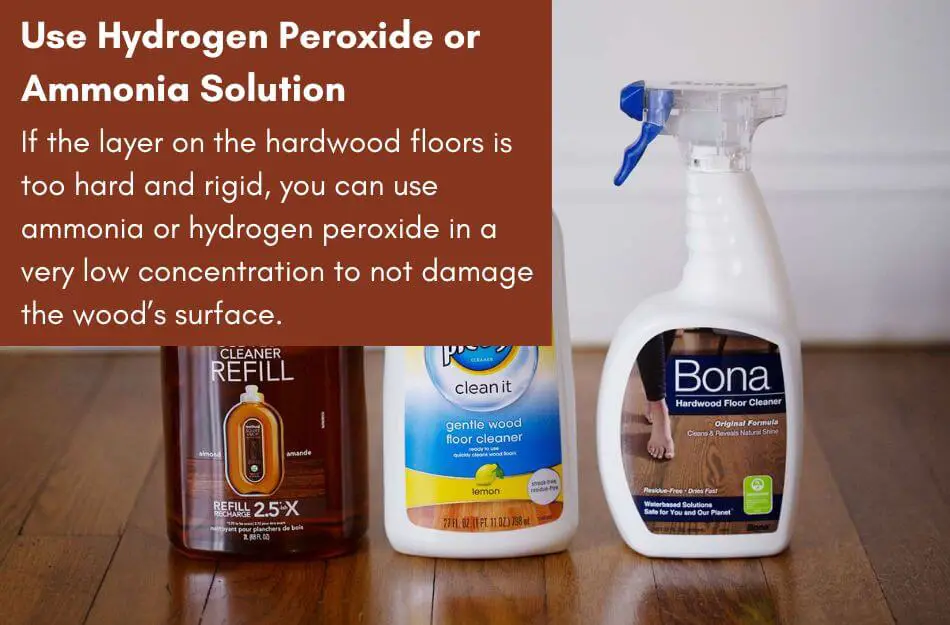
This will soften and clear most of the buildup layer, allowing you to work down to the wood’s surface.
However, if you use a hydrogen peroxide solution, you must follow a slightly different procedure.
Usually, the dust and sand collected on the old hardwood floors and deposits are frequently mistaken for mud marks.
The darkening of the timber that takes place beneath the deposit is what causes the real mud stain.
It’s simple to take the top’s solid, dried dirt off. One stroke and it is gone. The stain it creates on the wood is the true threat. It comprises mud’s natural pigments, which are then transferred to wooden boards.
These pigments are mildly degraded by hydrogen peroxide without causing any harm to the unfinished surface of the wood.
The chemical can quickly remove these stubborn mud stains thanks to its world-class oxidizing qualities.
Spray 3% hydrogen peroxide on paper towels, and place the wet wipes on the surface, ensuring the towel is completely saturated.
Now you must leave it for a few hours and re-spray the surface 3% hydrogen peroxide periodically to ensure the solution doesn’t dry off and works its way into the crust layer.
Once the layer starts to crumble or dissolve, use a damp cloth to wipe away all the hydrogen/ammonia solution, so you don’t let it stay on the surface.
Clean The Surface With A Wood Cleaner
The hard layer of dust and dirt must be combated, so that you will need a cleaning solution.
If the layer is not too thick, you can use a homemade cleaning solution such as vinegar and baking soda mixed in water.
However, it is recommended to identify the wood type and get a professional cleaner chemically designed to combat all the impurities in the layer.
Dilute the cleaning agent in water according to the instructions, and make sure you don’t use too much of the solution, as it can leave sticky residues on the floor.
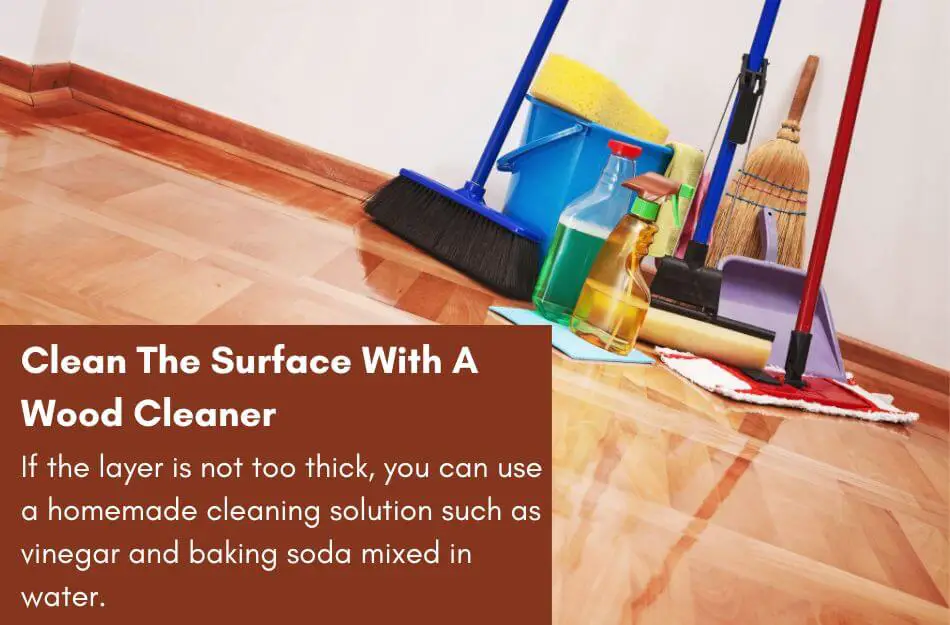
In addition, if you use a homemade solution, dissolve it in the water to the point where it is not too harsh for the unfinished floors.
Then take two buckets of water and fill one with the cleaning solution and the other with clean water. Use a clean cloth or a sponge and wipe the surface to clean it.
You can also use a soft or used toothbrush to scrub off the layer and make the surface clean again.
However, it would be best never to attempt wet-mopping on an unfinished hardwood floor.
Wet mopping is never advised for hardwood floors, even if finished, as the increased water exposure can destroy the wood fibers.
Besides, the water can seep into the surface and cause various types of damage. If the water reaches the subflooring, you might even have to face issues such as buckling and lifting.
Whatever you’ve seen, read, or heard, the real experts aren’t out to sell you anything.
Although some believe swishing a sopping wet mop across their floor is a good idea, it damages the wood and ruins the sheen.
While cleaning hardwood floors, a mop should only be marginally damp.
Dry The Floors
Once the floors have been cleaned thoroughly, all the dirt and grime have been removed, and the debris is taken care of, ensuring the floors are dry completely.
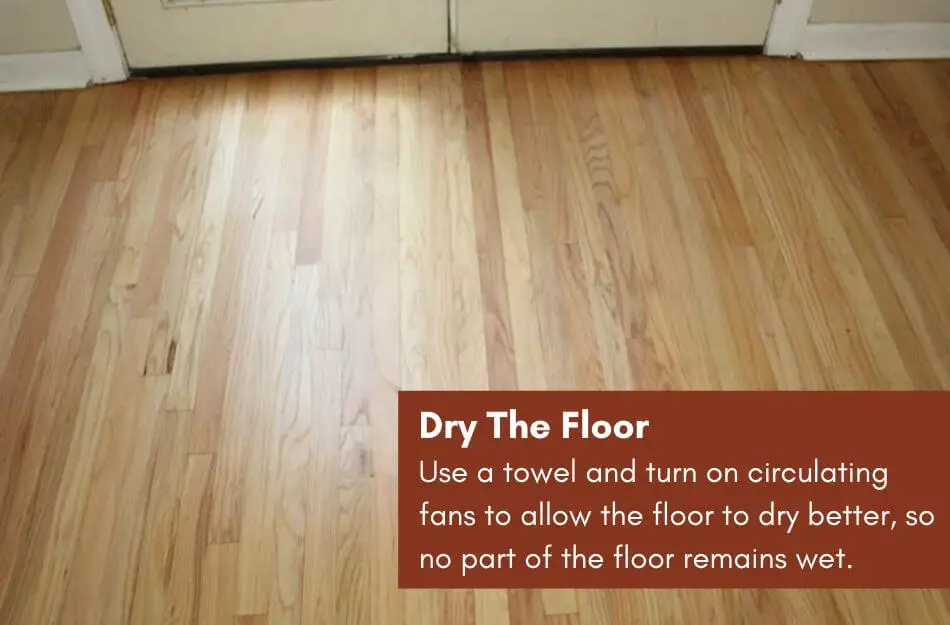
Although drying should be attempted along with cleaning so that you immediately dry the portion you just cleaned, you must dry it again after cleaning for the best results.
You can use a towel and turn on circulating fans to allow the floor to dry better, so no part of the floor remains wet.
Final Vacuuming
Now that all the steps have been taken care of, vacuum the floors again to remove any remaining dust or debris.
Pay special attention to the corners to ensure no area is left out and that your old and unfinished hardwood floors are cleaned thoroughly.
Once this is done, the cleaning process has been completed, and your floors will be clear of all the dirt and grime that had accumulated on the top previously.
How To Make Unfinished Wood Floor Shine?
If you want to make your old and unfinished hardwood floors shine, the best way to do so is to stain and seal the floors.
Not only will this restore and lock in the shine, but it will also protect your hardwood floors from any unwanted substances and dirt particles.
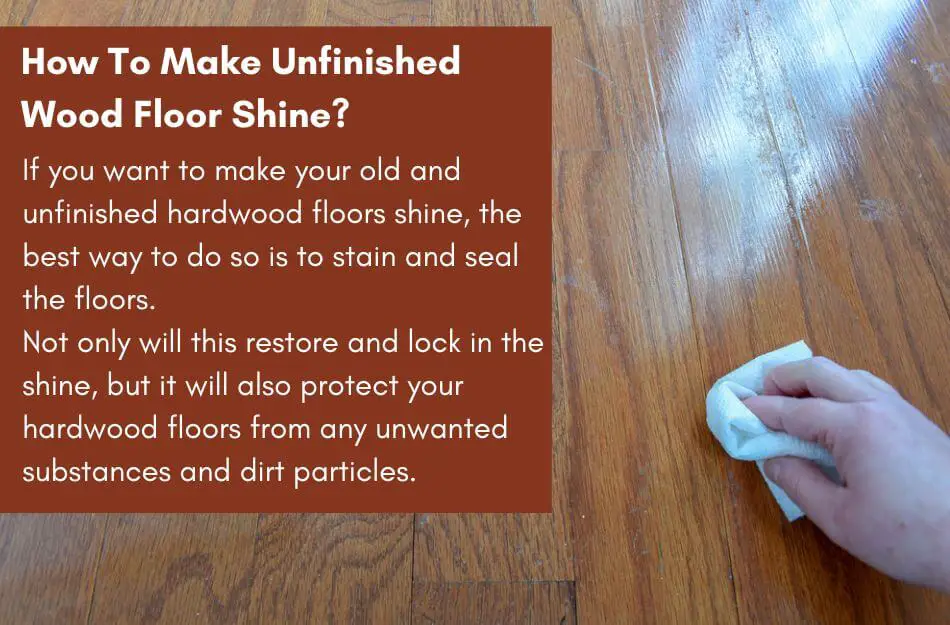
Furthermore, finishing your unfinished hardwood floors also protects them as the finish is a coat on the top that takes all the wear and tear and keeps the hardwood floors in perfect condition.
However, if you don’t want to seal the floor but still want a decent shine on them, the most suitable way is to use a commercial or homemade wood polish.
You can use a solution of vinegar, water, and olive oil for a homemade natural polish.
While vinegar will disinfect the wood and make it clean even further, the olive oil will make sure that the right amount of moisture is locked in.
Moreover, the olive oil will also work as a coat on top, reflecting all the impurities and preventing them from damaging the surface of the hardwood floors.
If you are looking for a commercial product, check the type of wood used in your flooring.
Accordingly, you can get a suitable product from the market which will allow you to make the hardwood floors shine.
Although the usage directions are mentioned on the packaging, a general way to use such products is mentioned below.
- Dilute the polish in water (if required) in the recommended quantity and pour the solution into a spray bottle.
- Give 2-3 sprays to an entire plank to cover all of its lengths.
- Use a microfiber cloth to rub the polish on the plank.
- It is preferred to work your way along the wood grain to ensure the polish is texturized well and enriches the luster of the wood.
- Let it sit, and enjoy the final look.
Final Thoughts
Cleaning an old and unfinished hardwood floor has never been easier and if you were also looking forward to an opportunity or method of doing so, now you have it.
Don’t waste your time procrastinating and get your unfinished vintage floors cleaned today!
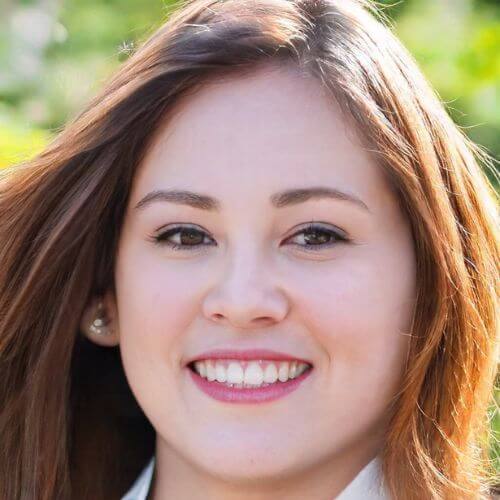
As a co-creator of FlooringFlow.com, Emma Sophia comes on board to answer all your questions related to any flooring problems. Together with John Henry, she’s gained extensive experience in fixing many flooring problems in their own house as well as in friends and family’s. Now, she wants to share her knowledge that she gained during floor remodeling, restoring, and DIY projects.


